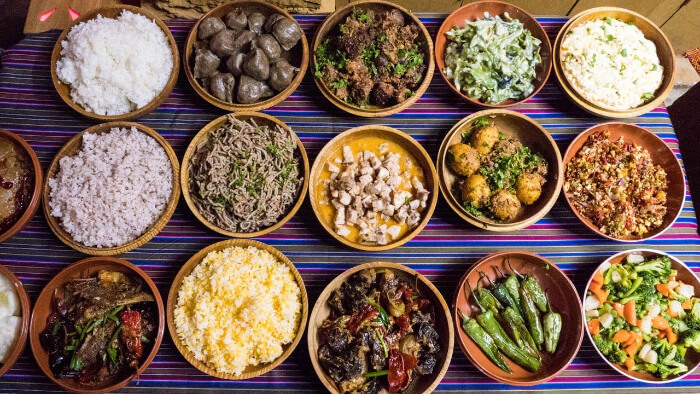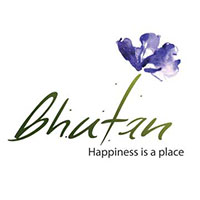Things To See in Thimphu
Here are the list of the things to see in Thimphu:
National memorial chorten

The Memorial Chorten is one of the best Things to see in Thimphu which dates dates back to the year 1974 when it was erected in memory of the third King od Bhutan, Jigme Dorji Wangchuck, who had passed away in 1972. The stupa is located in the southern central part of the capital city of Bhutan, Thimphu. The breathtakingly beautiful stupa otherwise known as the Jangchup Chorten has been designed to show how beautiful and visible religious structure can be.
The rich architectural designs in the interior of the stupa as well as the exterior makes it even more attractive to not only tourists and foreigners, but even locals seem to be in awe of its beauty despite the existence of many other such stupas around the country. People from around the country visit this religious site and circumambulate only in a clockwise direction reciting prayers for not only one self but for the benefit of all sentient beings who are suffering in samsara.
People of all ages can be seen around the chorten either praying, circumambulating or prostrating or whirling the large red prayer wheels. Good-natured people visit the chorten to offer old people and monks’ food and snacks to encourage them to gain strength to accumulate more merits, cool and fresh fruit drinks to quench their thirst from the scorching heat, and clothes to keep them warm on cold windy days, medicines and money as well. It is these small acts of kindness that spreads smiles on people’s faces like a virus and makes Bhutan an even more happier country.
Buddha Dordenma statue in Thimphu

The construction of the gigantic Shakyamuni Buddha statue began in 2006 and got completed in 2015. The statue houses over one hundred thousand smaller Buddha. It is one of the best Things to see in Thimphu.

Tashichho Dzong (Fortress of the glorious religion)

Tashichho Dzong, the Buddhist monastery and castle in the capital, is the summer residence of the Je Khenpo, the country’s chief abbot of the central monastic body, and the seat of the Druk Desi, the leader of Bhutan’s civil government, which has been integrated with the monarchy since the monarchy was established in 1907. The lovely fortification was destroyed four times by fire and severely damaged by an earthquake. It was reconstructed by the leader of the monastic body at the moment each time. After the capital was moved from Punakha to Thimphu, the current Dzong was rebuilt as the seat of administration by the third King, Jigme Dorji Wangchuck, using a different plan from the old one.
From the older Dzong, only the central Utse tower, the Lhakhang Sarp (new temple), and the main Gönkhang (protector temple) remain. Thirty temples, chapels, and shrines, as well as the annual Thimphu Tshechu festival, are located within the Tashichho Dzong, which is surrounded by beautiful gardens and well-kept lawns at the present day. The dzong now houses the King’s throne room and offices, the cabinet secretariat, and the ministries of home affairs and finance, with other government offices to the south. A tiny tower known as Ney Khang Lhakhang is west of the dzong and houses a statue of Shakyamuni Buddha as well as guardian deities.
Dechenphug Lhakhang | Things to see in Thimphu

Dampa, the son or possibly the grandson of Phajo Drugom Zhigpo, who propagated the Drukpa school of Buddhism throughout Bhutan, constructed the monastery in the 12th century on the western slope of Thimphu valley. The monastery was established on land that has been associated with Genynyen, a warrior god, since ancient times. Kunga Singye, the 7th abbot of the Ralung monastery in Tibet, who came to Dechenphug with Damtrul Loden Gyalpo, the illegitimate grandson of Dampa and also the reincarnation of the founder himself, appointed Geynyen, the spirit guardian of Thimphu valley, as the official protector of the Drukpa Kagyu teachings. The Gönkhang, a fortified tower that still stands as the centre of Dechenphug Lhakhang, was built by Kunga Singye. The majority of goenkhangs are built to house powerful protective deities.
According to legend, Kuenga Sangay was required to subjugate the spirit and transform the god into a protective deity. The spirit of Jagpa Melen (another name for Geynyen, meaning “Fire Fetching Brigand and Supreme Warlord”) withdrew into a large stone known as the Thimphu, which means ‘Disappeared into the Stone’. It is believed that when Bhutan is most in need, the warlord will return from the stone and rescue the country.
The Dechenphug Lhakhang was rebuilt between 1996 and 1998. Despite the fact that the demolished structures were from the early to mid-twentieth century, their arrangement was representative of the original plan. With the growing number of pilgrims visiting the monastery, the present layout provides for a considerably greater courtyard space. Despite the higher number of visitors, all visitors ought to be Bhutanese residents, as international tourists are not permitted to enter this sacred site. Pilgrims visit the monastery to seek the deity’s protection before embarking on a new venture, or to seek Genyen’s blessing for their infants in general.
Begana Chorten

It is a miniature duplicate of the 14th-century Bodnath stupa in Kathmandu, Nepal, while the Begana chorten was built in the late twentieth century. The location is also known by its Tibetan name, Jarumhkhasor, which is also used to refer to the Bodnath. The Lokpalas, the guardians of the four directions, are represented by the eyes of the “Mystic Buddha” gazing from each face of the chorten. Legend has it that this form of chorten (or stupa) is linked to pathways that marked the early introduction of Buddhism, though this may be mythical.
Pangri Zampa | Things to see in Thimphu

Pangri Zampa is located on the Thimphu river’s west bank. Although it has a nearly 500-year history, it is best known for being Bhutan’s Royal College of Astrology, which it has held since 2003. On the west, north, and south sides of the monastery, there are student dorms, classrooms, and administrative buildings, as well as two temples on the northeast and southeast corners. The structure was constructed in two stages over the course of 100 years.
Zhabdrung, the unifier of Bhutan’s arrival coincided with the second stage. The dream that brought Zhabdrung to Pangri Zampa is documented in a biography written by one of his students. Zhabdrung had a dream about a large black raven flying into the “southern valleys” while in Tibet (i.e., Bhutan). In his dream, Zhabdrung reached the summit of a cypress tree and paced the raven as it flew low over the mountains, pacing it until it landed on a cypress tree at Pangri Zampa, which he later identified as Pangri Zampa. Despite the raven’s natural appearance, the dreaming Zhabdrung recognized it as Mahakala, the Buddhist dharma’s fierce guardian.
Mahakala is typically shown with a raven’s visage and is regularly summoned to defeat bad spirits. The temple was built on the southeast corner of the monastery, next to the Kabesa bridge, by Zhabdrung. His dwelling is on the upper floor, which today houses his statue. A mermaid statue depicting ‘Menmo’, a water goddess and consort of Gengyen Jagpa Melen, the guardian deity of Thimphu who resides at Dechenphug, is housed within this temple.
In the current period, the monastery is frequently consulted to identify the most fortunate timing of major national events. For instance, the head astrologer predicted the best time for HM King Jigme Khesar Namgyel Wangchuck’s coronation in 2008. Pangri Zampa also helped with divining dates for royal weddings and crown prince naming rituals, among other things.
Phajoding Monastery

Phajoding Monastery, positioned at 3,600 meters (11,800 feet), is one of Thimphu’s highest-altitude sanctuaries, offering stunning views of the valley below. Its full name is believed to be Phajoding Thubten Jago Phungpo Wogmin Nampar Gyalwai Khangzang, which translates to “The Temple of the Buddha’s Doctrine, Vulture Peak Mountain, and the Akanishtha Mansion of Complete Victory.”
According to some traditions, the monastery’s namesake, Phajo Dugom Zhigpo who popularized the Drukpa school of Buddhism throughout Bhutan, founded it in the 13th century. However, no constructions from that time period have survived. The existing structures date from the mid-eighteenth century, when Sherab Wangchuk, Bhutan’s 13th Druk Desi, restored and extended the temple.
The Phajoding monastery’s current layout consists of a loose cluster of roughly ten temples. The largest is the Jampa Lhakhang, a three-story structure enclosed by thick shabkhor walls built in the mid-eighteenth century. The Khangzangand Wogmin lhakhangs, located higher up on the slope to the north, are two nearby monuments dating from the mid-18th and late-18th centuries, respectively.
All three monuments were completely repaired between 2013 and 2018, at a cost of around Nu 200 million, thanks to a grant from the Indian government. Restoration work at such altitudes was difficult, especially because there were no roads appropriate for construction equipment connecting the site to the lower valley. Instead of destroying extensive swaths of forest to preserve the site’s holiness, the conservators created a system of ropeway towers to transport construction materials up the mountainside from a base at Sangaygang, approximately five kilometres to the east. The path of the ropeway line may be seen as a small breach in the trees extending eastward from Phajoding in the satellite view below.
Clock Tower Square | Things to see in Thimphu
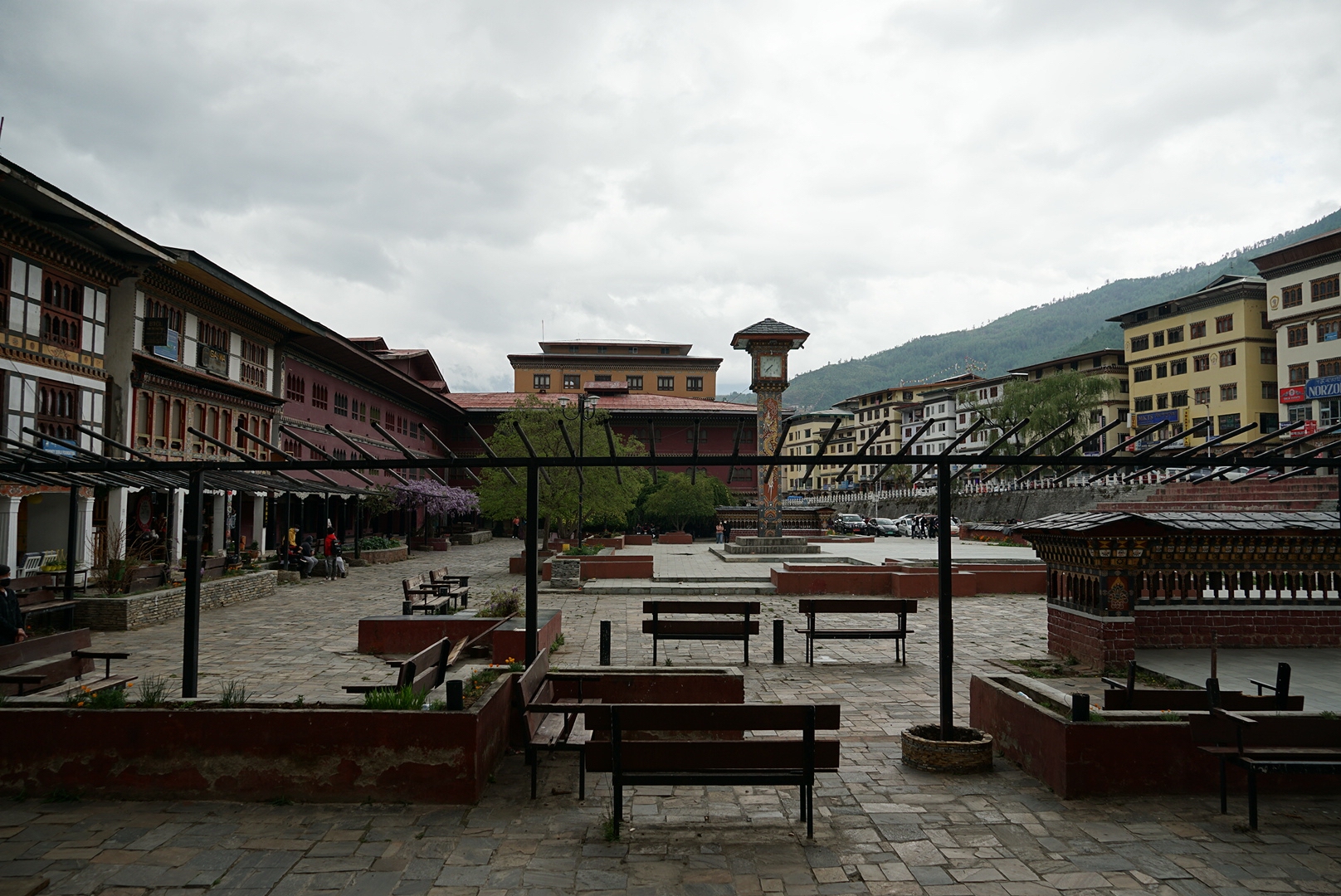
Clock Tower Square is a square in Thimphu, Bhutan, where the iconic four-faced clock tower can be found. The square is also surrounded by numerous businesses, hotels, and restaurants. With beautiful Bhutanese carvings and paintings, the Clock-tower has a classic Bhutanese architectural perspective. On all four faces of the tower are typical hand-crafted dragons with golden paintwork, symbolizing the county as an independent dragon kingdom. The tower contains lovely flower carvings and paintings, which add to its beauty. With multi-coloured wood frontages, small arched windows, and sloping roofs, the shops, restaurants, and hotels on the clock tower square are a blend of fine traditional and modern architectural Bhutanese design. The three-story buildings that surround the area are all small and the cafes and restaurant serve delicious Bhutanese cuisine and a blend of western quick bites infused with traditional delicacies.
The spot is perfect for catching up with Thimphu because of the water fountains and traditional Bhutanese Mani Lhalhor (prayer wheels). The area is frequently used as a venue for a variety of events and activities, including fund-raising events, movie award ceremonies, trade displays, live musical performances, and more. It is perfect to witness the amazing view of the rolling mountains and the enclosing Thimphu valley from Clock Tower Square.
Bhutan Postal Museum | Things to see in Thimphu

The Bhutan Postal Museum, Evolution of Communications Systems in Bhutan, was founded in 2015 to commemorate the 60th birthday of His Majesty King Jigme Singye Wangchuck, the Fourth Druk Gyalpo. The museum’s primary goal is to portray the story of Bhutan’s progress and development through the evolution of the country’s communications and postal systems. Anecdotes, relics, and the vast collection of stamps created by the country throughout the years are used to tell the story.
From the earliest mail couriers to Bhutan’s often odd and highly collectible stamps, the museum’s five exhibits illustrate the development of Bhutan’s postal system.
Gallery I is utilized for temporary exhibitions that change with the country’s important occasions and stamp launches.
Gallery II examines the evolution of communication during the pre-postal era, when government decrees and messages were delivered by messengers.
Gallery III depicts the evolution of Bhutan’s postal and telegraph systems, with antique postal and telegraphic equipment, devices, and furnishings on display.
The stamp issues dedicated to the Wangchuck Dynasty are on display in Gallery IV, together with information on the monarchy’s establishment in 1907 and a brief biography of Bhutan’s consecutive monarchs.
Bhutan’s postal stamps are on exhibit at Gallery V, to promote the country’s independence, rich culture, and fauna and flora. Bhutan’s famous ‘Talking Stamps,’ for example, are on show. It is also an interactive area where the visitors will be educated through activities and programs as well as documentaries about the postal system is screened.
Folk heritage museum | Things to see in Thimphu

The Folk Heritage Museum, also known as Phelchey Toenkhyim, was founded on July 28th, 2001, on the initiative of Her Majesty Ashi Dorji Wangmo Wangchuck, the Queen Mother of Bhutan. Through displays, demonstrations, educational activities, and documentation of rural life, it aims to connect people to Bhutan’s rural history. Her Majesty is also the Museum’s founder and patron. It hosts educational and cultural demonstrations on a regular basis.
The main exhibit is the museum structure, which is a three-story traditional rammed mud and timber house that has been rebuilt. The house is designed and built in the style of a typical Wang household in the mid-nineteenth century. The longevity and performance of the building materials are demonstrated by the structure’s age.
Household artifacts and typical domestic tools and equipment utilized by a family in a rural household at that period are displayed from the ground to the top floor.
Hike to Wangditse Lhakhang | Things to see in Thimphu

The lhakhang was founded in 1715 by Druk Rabgye, the 8th Druk Desi (Bhutan’s secular leader, under Bhutan’s dual system of governance). The site was formerly known as Zhabden Lhuendrubtse (Natural Peak of Profound Meaning) when the temple was first built, but that name was quickly dropped. The master of ceremonies noted that dignitaries from all over the country had made the effort to attend the temple’s consecration ceremony, which was led by Zhabdrung Chogley Namgyel (1708-36), of Zhabdrung Rinpoche’s “speech incarnation” line. He renamed the lhakang Wangditse, meaning Peak of Conquest, since he thought it was fortunate that the central government was able to put such far-flung provinces under its control.
Wangditse Lhakhang, with Tashichho Dzong—the seat of government administration—overlooks the Thimphu valley’s centre. Although it is commonly referred to as a lhakhang (temple), it is also known as a dzong (fortress-monastery) due to its intimidating, fortress-like aspect. The lhakhang became the seat of Thimphu dzongpens (governors), many Druk Desi, and even reincarnations of the Zhabdrung in succeeding years. Earthquakes wreaked havoc on the region on a regular basis. Tashichhodzong, in the valley’s centre, was destroyed by an earthquake in 1897.
Some of the roof components and shattered timbers were later repurposed for use at Wangditse. When explosives used at the dzong site during reconstruction unexpectedly damaged Wangditse, Tashichhodzong resurfaced in the temple’s history. Shortly after, in the 1960s, the lhakhang was repaired. After a windstorm blew away part of the roof in 1995, causing damage to different wall paintings, and interior antiquities, another renovation was required thirty years later. The most recent renovation (as of now) was completed in 2020, with the structure being completely restored.
Simtokha Dzong | Things to see in Thimphu

It is the oldest of Bhutan’s dzongs (fortified monasteries), having been built in 1629 in the archetypal style pioneered by Zhabdrung Rinpoche, Bhutan’s national unifier. Despite various restorations and remodels throughout the years, its current appearance is regarded to be roughly compatible with its original appearance. The site is often referred to as the Sangag Zabdon Chho dzong—the “Palace of Profound Meaning of Secret Mantras,” though it is most commonly known as Simtokha Dzong.
According to legend, Zhabdrung was recognized as the reincarnation of the former Drukpa lineage leader, which resulted in a power struggle in Tibet over succession. Various prophecies, on the other hand, forewarned the Zhabdrung of the enemy’s impending arrival. One prophecy was of a dream of a black raven flying southward, which he took to be a manifestation of Yeshe Gonpo (a protective deity) advising him to seek sanctuary in the southern valleys, was one of the prophecies he received. Zhabdrung heeded the warning and traveled south to western Bhutan, where he found allies among local magnates who were also Drukpa lineage members. He gathered under his power the heads of numerous important families, particularly those from Thimphu, Punakha, Wangdi Phodrang, and Paro. With Zhabdrung at the head, the basis of the present state of Bhutan was born.
The soldiers of Zhabdrung were attacked at Simtokha in 1629, some thirteen years after fleeing Tibet, by a coalition of five opposing Buddhist schools, the so-called “five groups of lamas,” who were united in their desire to see Drukpa rule reduced. The coalition’s first onslaught failed, and there was an uneasy period of nearly five years while the coalition bided its time. The Tibetan soldiers crossed into western Bhutan and encountered Zhabdrung’s forces at Simtokha dzong, but were repulsed after a bloody struggle. Nonetheless, the dzong’s damage was readily restored, and Zhabdrung’s prestige was significantly strengthened, assisting his upcoming unification of the rest of Bhutan.
Cheri (Chagri) Monastery | Things to see in Thimphu

It was founded in 1620 by Ngawang Namgyal, the first Zhabdrung Rinpoche and the foundation of modern Bhutan, and is the oldest institution on Bhutanese land. After encountering a conflict regarding reincarnation identification and successor of power in Tibet, Zhabdrung fled to Bhutan and took refuge at Pangri Zampa. He survived many threats to his life during the next few years, including raids by Tibetan invaders at Paro and an arrow shot almost missing him while traveling near Thimphu on horseback. The peripatetic lama eventually settled in northern Thimphu and established Cheri (Chagri) Monastery as his headquarters.
It’s unclear why Zhabdrung chose Cheri as his “headquarters,” but there were a number of characteristics that made northern Thimphu a plausible choice. To begin with, by the time the monastery was constructed in 1620, Zhabdrung had already spent a large amount of time meditating at the adjacent Tango monastery, which was only a few kilometers to the east. Second, when his father died in 1619, the body was surreptitiously transferred to Thimphu, where it was incinerated at Tango; the burying of the remains at a nearby spot was likely of utmost concern. Third, northern Thimphu was the Zhabdrung’s initial refuge in the southern valleys, so it’s only natural that the area appealed to him psychologically. Aside from local assistance, the Zhabdrung had made friends with a wealthy Chapcha devotee and the Raja of Cooch Bihar just a year before, both of whom lavished him with presents.
Zhabdrung went around Bhutan in ensuing years to form alliances, build new dzongs, and attend to spiritual matters, although he regularly returned to Cheri. Aside from using it as a personal dwelling, the monastery also operated as a guesthouse for visiting guests. Chagri is also known for its population of gorals, a goat-like creature that is near-threatened. They can be spotted roaming the grounds and the steep mountains.
Tango Monastery | Things to see in Thimphu
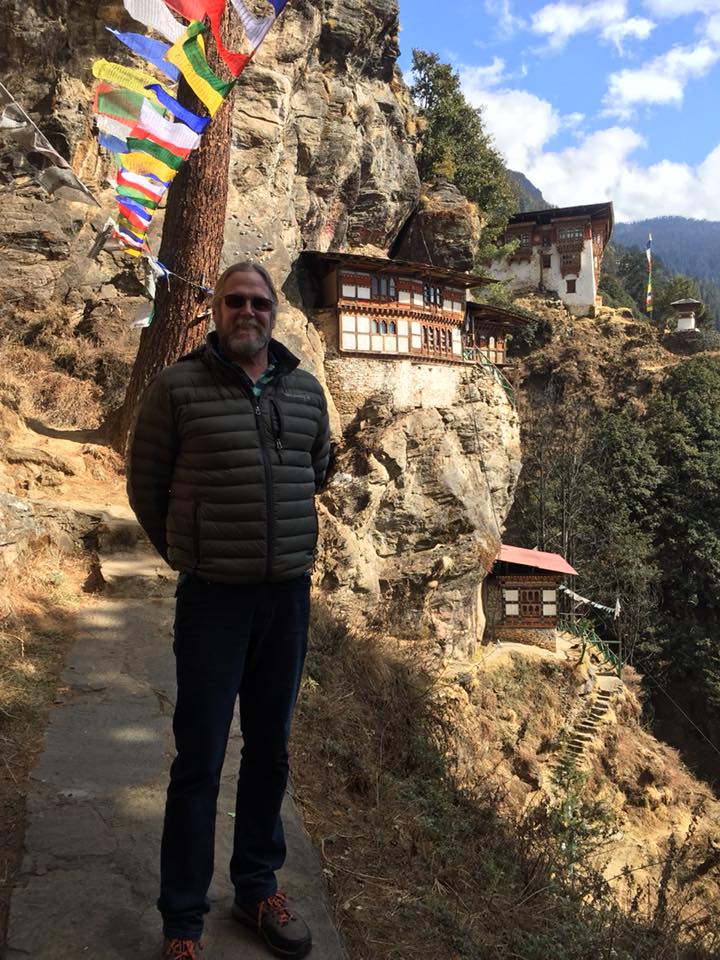
Tango Goemba is located near the northern end of the Thimphu valley, on a south-facing cliffside. The word “Tango,” or more accurately “Rtamgo,” refers to the god Hayagrva (Tamdrin), who is a manifestation of either the Bodhisattva Avalokitevara or one of his or her attendants.
Phajo Drugom Shigpo (1184-1251), one of Bhutan’s most influential religious figures, founded the temple, and his descendants were instrumental in the establishment of many other sites of worship throughout Bhutan. Phajo wanted to spread the Drukpa sect of Buddhism throughout the “southern lowlands” after arriving in Bhutan from the remote Ralung monastery in west-central Tibet (present-day Bhutan). For the following couple hundred years, the monastery’s history is a mystery.
When Ngawang Namgyal (1594-1651), the future unifier of Bhutan, who was eventually named the first Zhabdrung Rinpoche, visited Bhutan, Mipham Tshewang Tenzin was in charge of Tango monastery. Zhabdrung accepted his host’s offer to use the facilities at Tango and entered a deep cavern to meditate, where he “propitiated the black-foreheaded wrathful Mahakala,” a formidable defensive force. He used the deity’s might to stop his rival, the Tseng Desi, from invading Bhutan via southern Tibet. Bhutan’s independence was aided by the defeat of the Tseng Desi and his allies.
Motithang Takin Preserve | Things to see in Thimphu

The Motithang Takin Preserve, on the outskirts of Thimphu Valley, is one of Bhutan’s protected areas. Motithang is dedicated to the conservation of Bhutan’s national animal, the takin. The location is surrounded by a dense forest of alpine trees, which provide a spectacular view of the snow-capped peaks on a clear day.
According to legend, Drukpa Kunley, a Bhutanese yogi and poet renowned as “the Divine Madman” for abandoning the monastic life of a monk in favour of a more cheerful and enjoyable way of life created the unique animal called Takin by grafting the head of a goat onto the body of a cow in the 15th century.
When people questioned him about his extraordinary abilities, Drukpa Kinley took a bullock’s bones and feet and a goat’s head and skin, placed the head on top of the bones, wrapped the skin around the bones, breathed life into the animal. The takin, which is half goat and half bullock, was the animal he created. After then, the animal was given the name “Dong Gyem Tsey” – Takin. Due to its significance with Bhutanese religious history and mythology, the takin was proclaimed the country’s national animal on November 25, 2005.
The International Union for Conservation of Nature (IUCN) Red List classifies the takin as
vulnerable. There are barely a few thousand of these creatures left in the wild, according to some estimates. The ones in Thimphu Zoo, which were transported down from the highlands in 1974, are doing quite well. The animal has grown in popularity as a tourist attraction. The magnificent creatures can now graze freely in their protected, forested habitat without fear of being hunted down for their meat and horns by smugglers involved in the illicit wildlife trade.
Jungshi Handmade Paper Factory | Things to see in Thimphu

The Jungshi Handmade Paper Factory is situated on a hilltop with a panoramic view of Thimphu’s landscape. The word “jungshi” literally means “natural,” and this is reflected throughout the entire paper-making process.
The authentic Bhutanese paper known as Desho is created at the Jungshi handmade paper business using traditional processes. This age-old Bhutanese custom is being preserved and promoted by the Jungshi paper plant. It also makes a variety of other items, including stationery and greeting cards. The paper business exemplifies the government’s commitment to bolstering the local economy by conserving traditional arts such as papermaking. On a daily basis, Jungshi makes roughly 1,500 sheets of paper.
The paper is manufactured with Himalayan materials such as the bark of the Daphne Papyri (found at altitudes of 3,000 feet and above), the bark of the Edgeworthia Papyri (found at altitudes of 3,000 feet and above), and different additional components such as flowers and leaves to provide textures and patterns.
Steps included in the paper making process:
The bark of the shrubs is soaked in water to break down its structure, then strained and sent into the factory. The stringy material is put into a grinder, which spits the pulp into a large vat, similar to a massive bowl of oatmeal.
The magic happens in the next phase. The screen is lifted out, aligned with the rising stack of wet paper, released on top of it, and peeled off from the opposite edge, leaving the fresh sheet of paper behind.
Stacks of paper may be found all over the plant, some wet, some dry, and some stacked and pressed for flatness. Dry paper is hung sheet by sheet from an easel, brushed off, and inspected for quality.
After being stamped with the Jungshi brand, the completed paper is either delivered from the factory or placed in the site’s paper shop. According to the United Nations, the majority of demand for Bhutanese handmade paper originates from Sweden and the United Kingdom. Greeting cards, gift wrap, stationery, books, and certificates are all made of paper.
Get your Tour Customized with us !
Visit www.amedewa.com or mail us at travelamedewa@gmail.com for any assistance.
WhatsApp: +97517306726
Useful Links:
Getting into Bhutan
How to make tour payment to Bhutan?
Bhutan visa information
Travel Tips to Bhutan

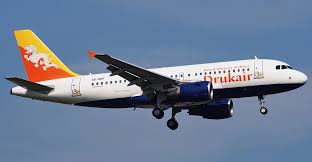

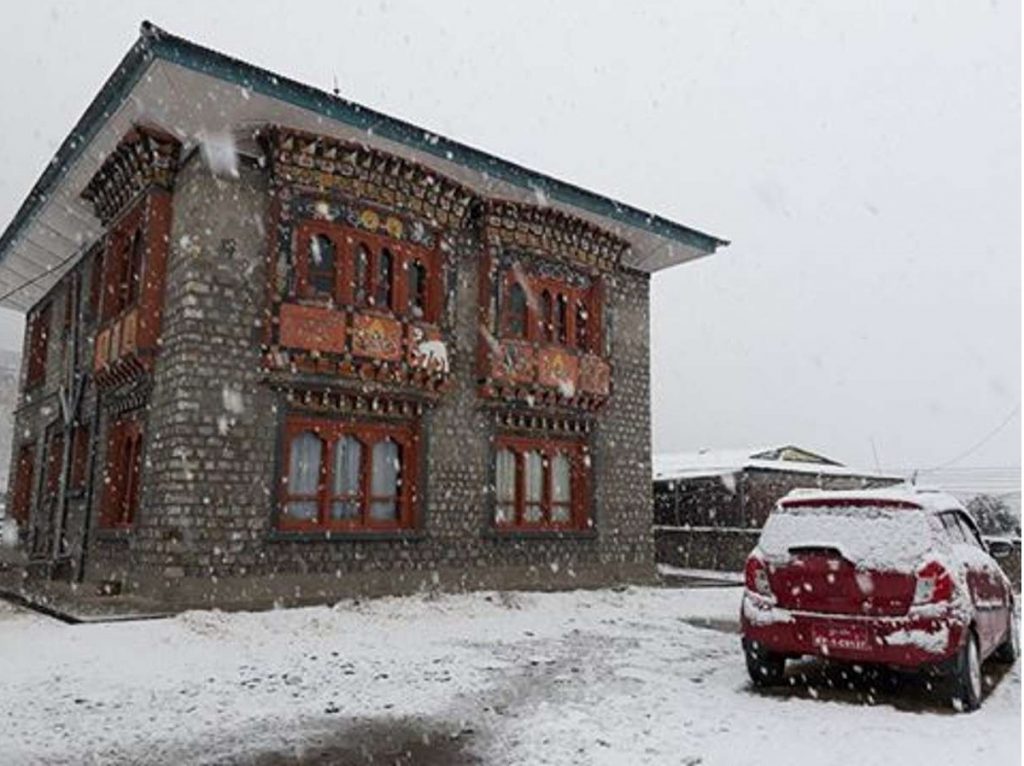


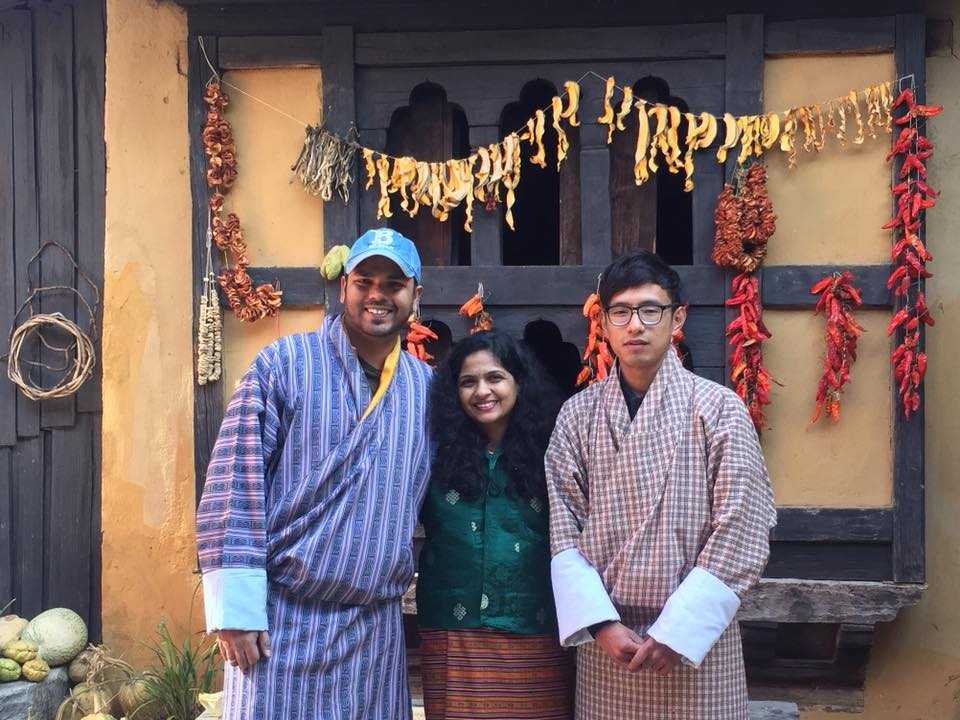




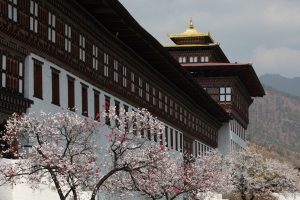





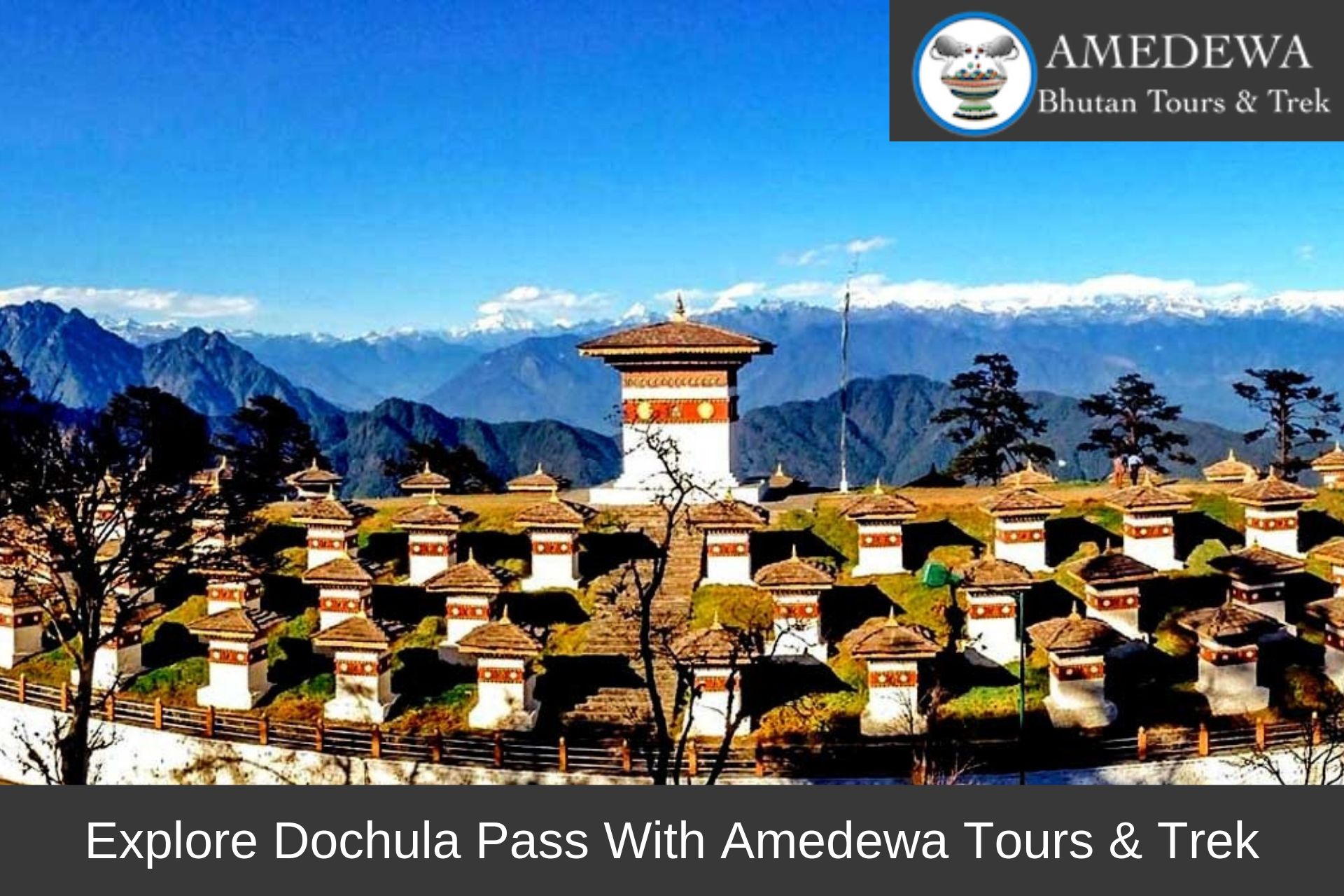



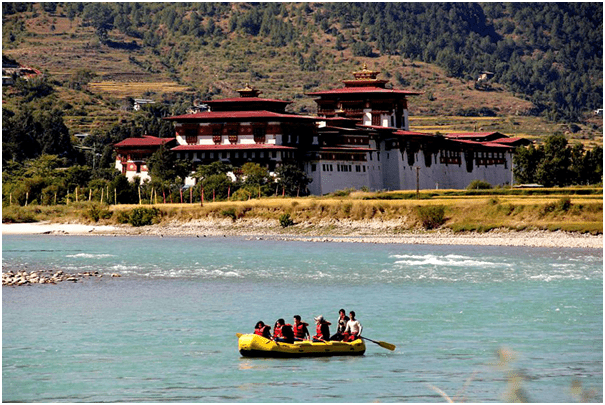







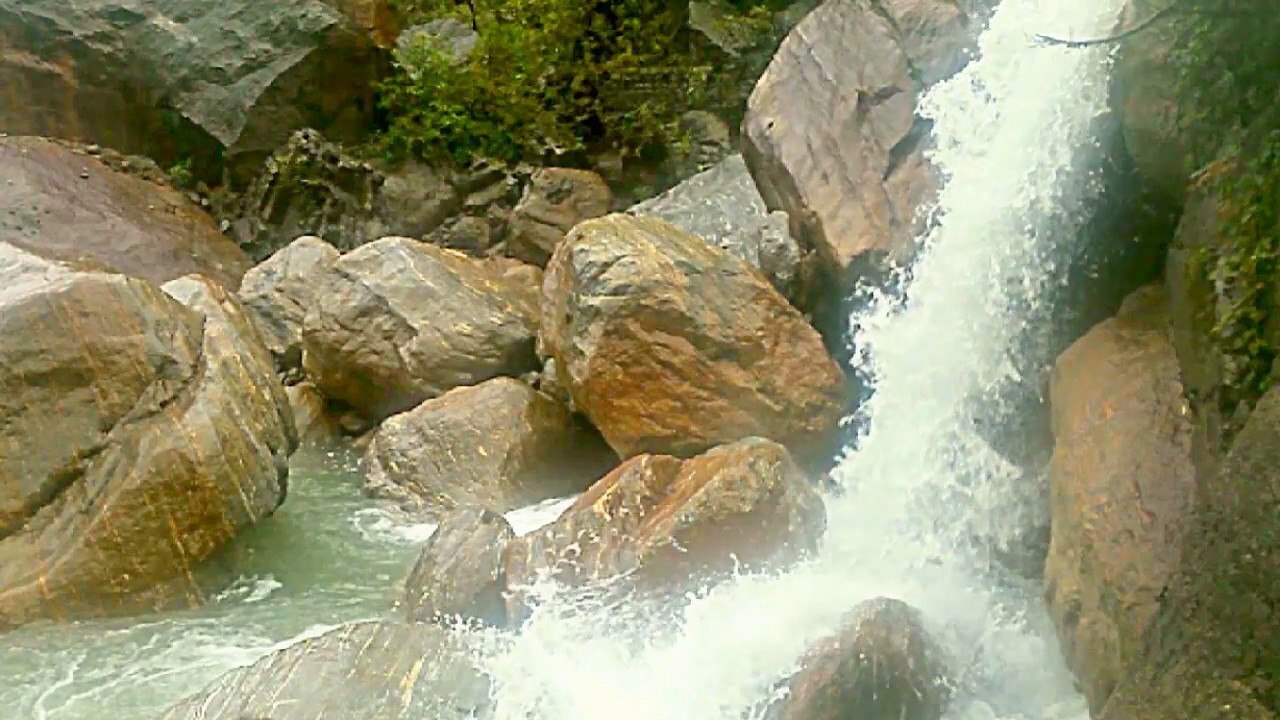








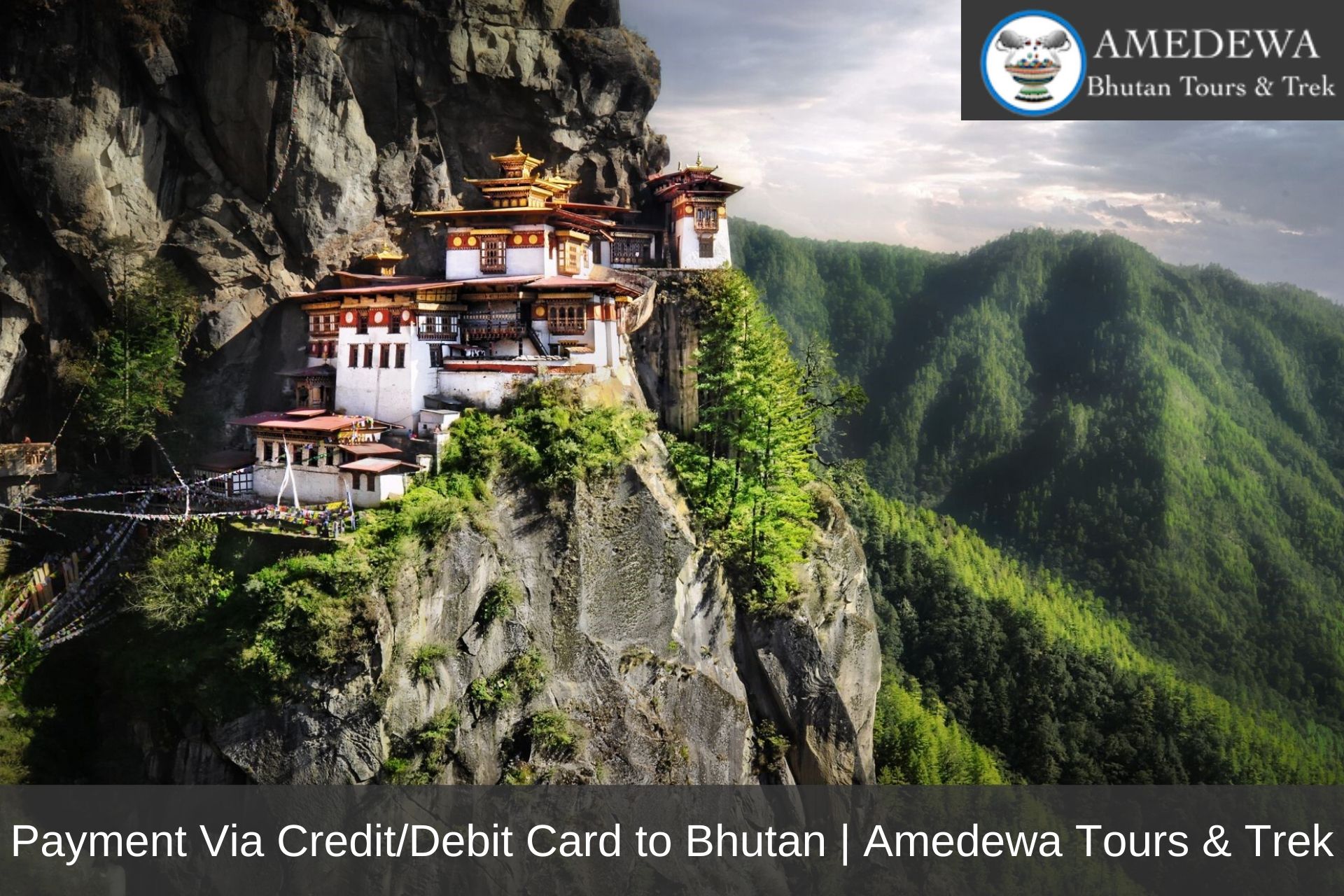






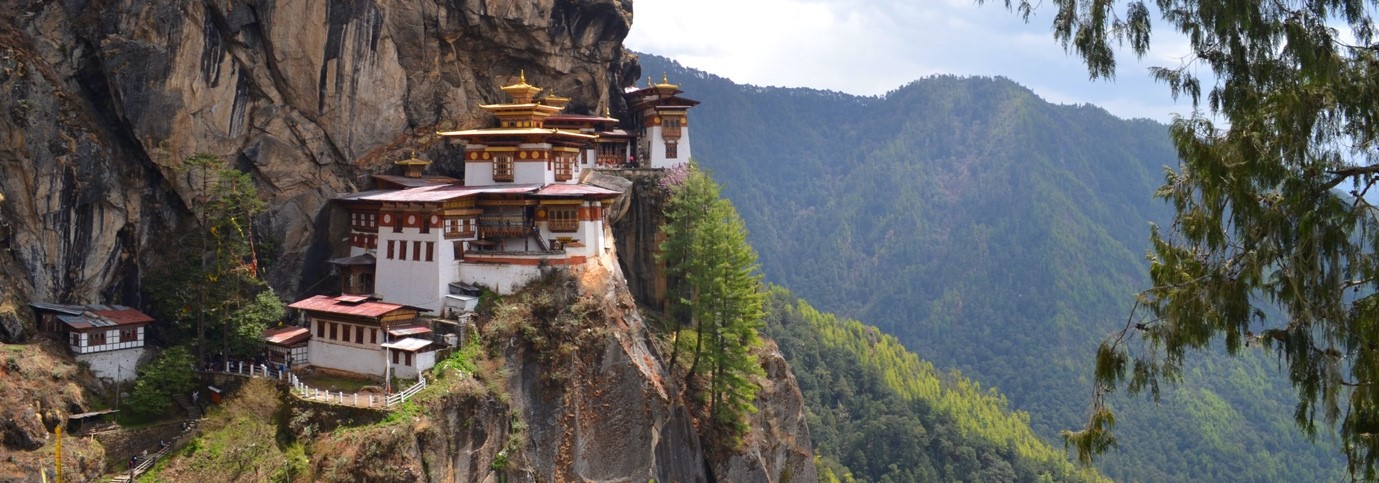



















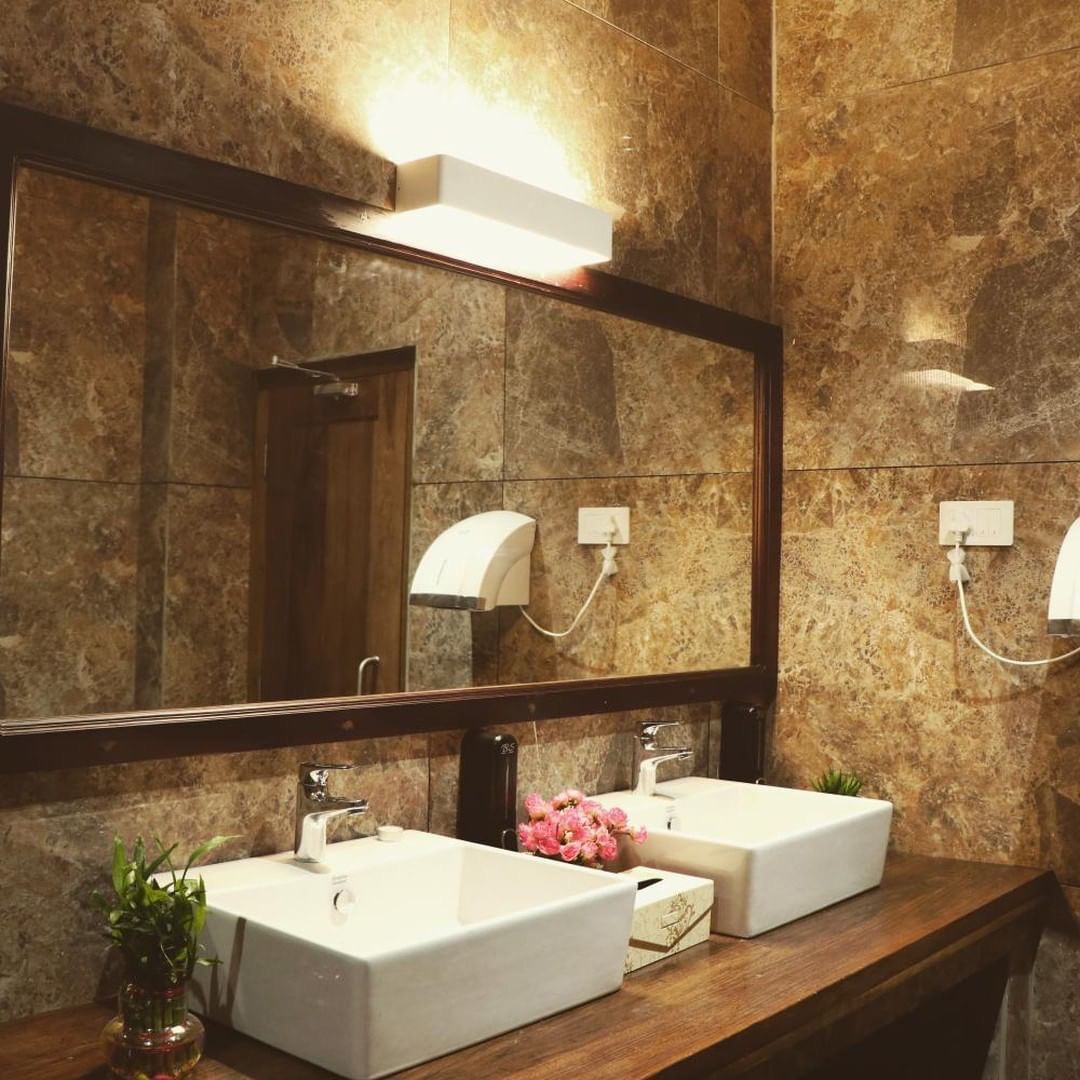















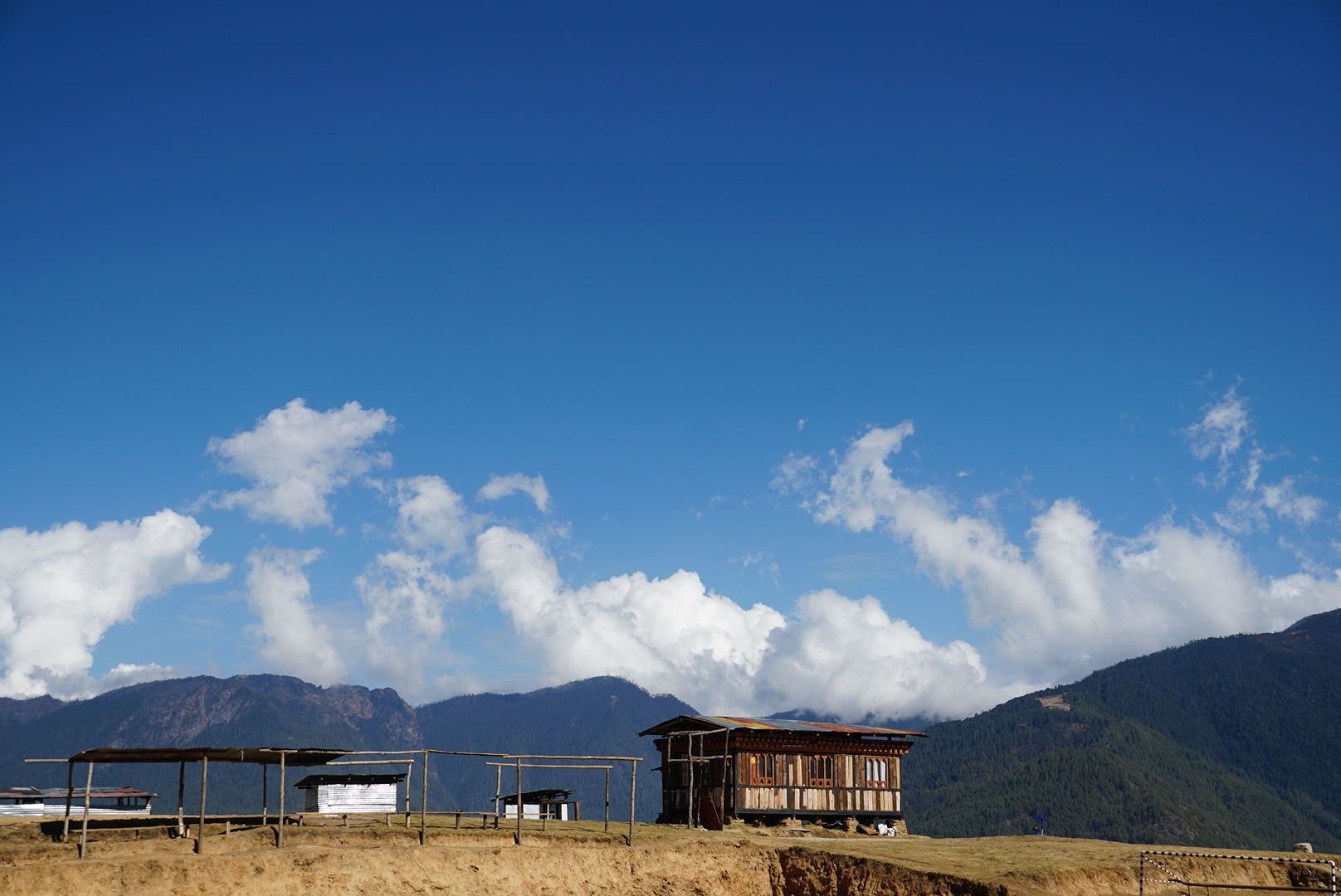
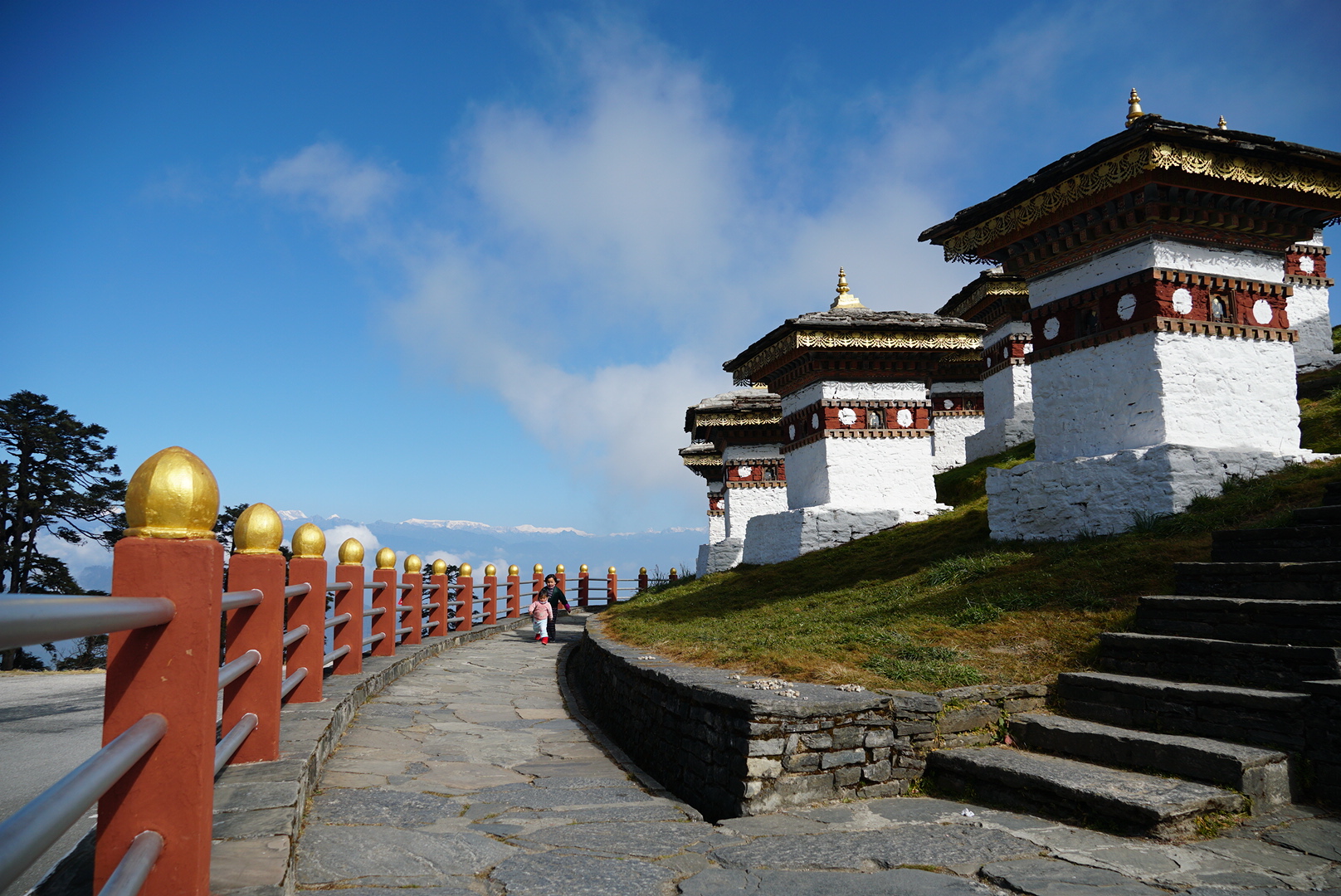

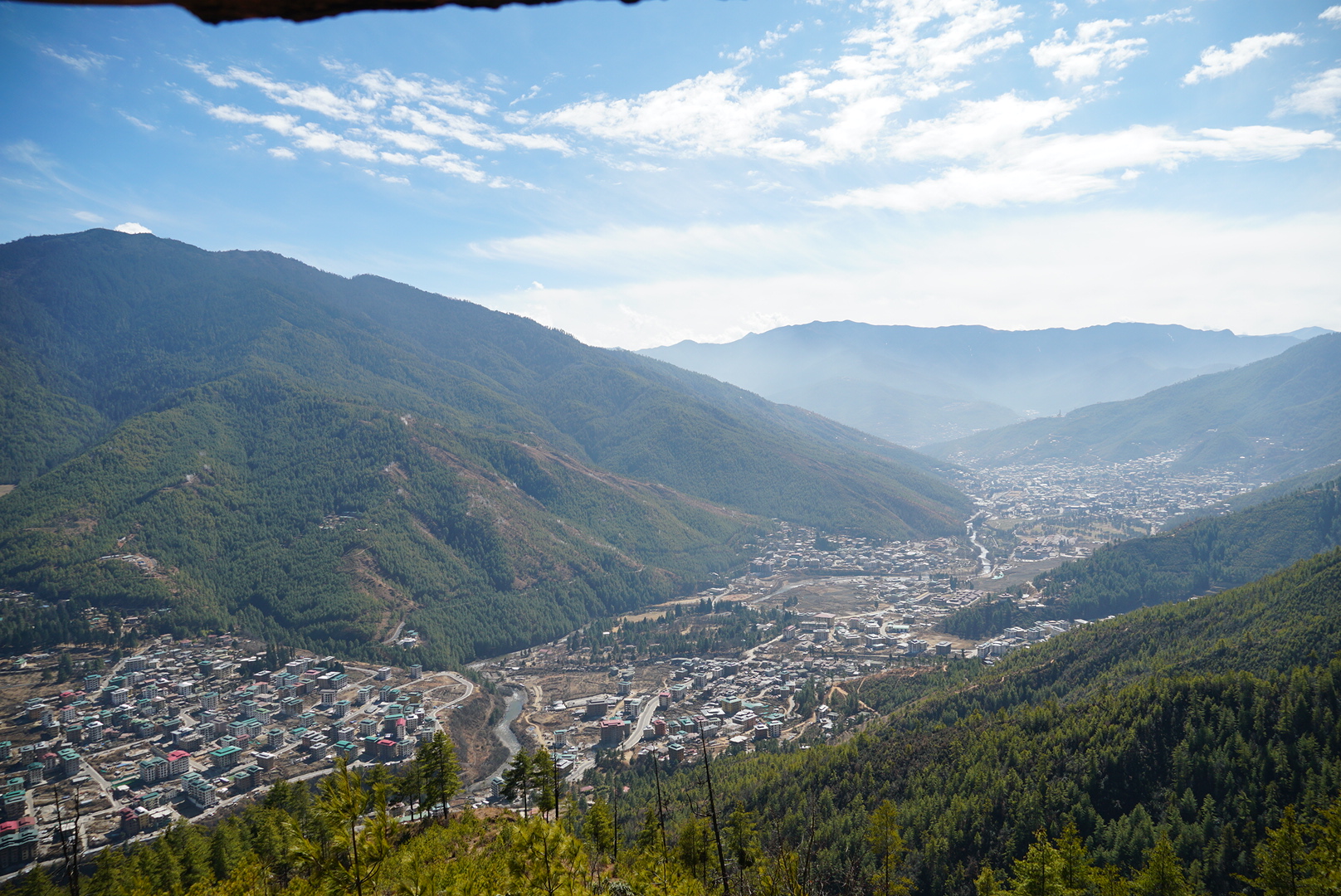



























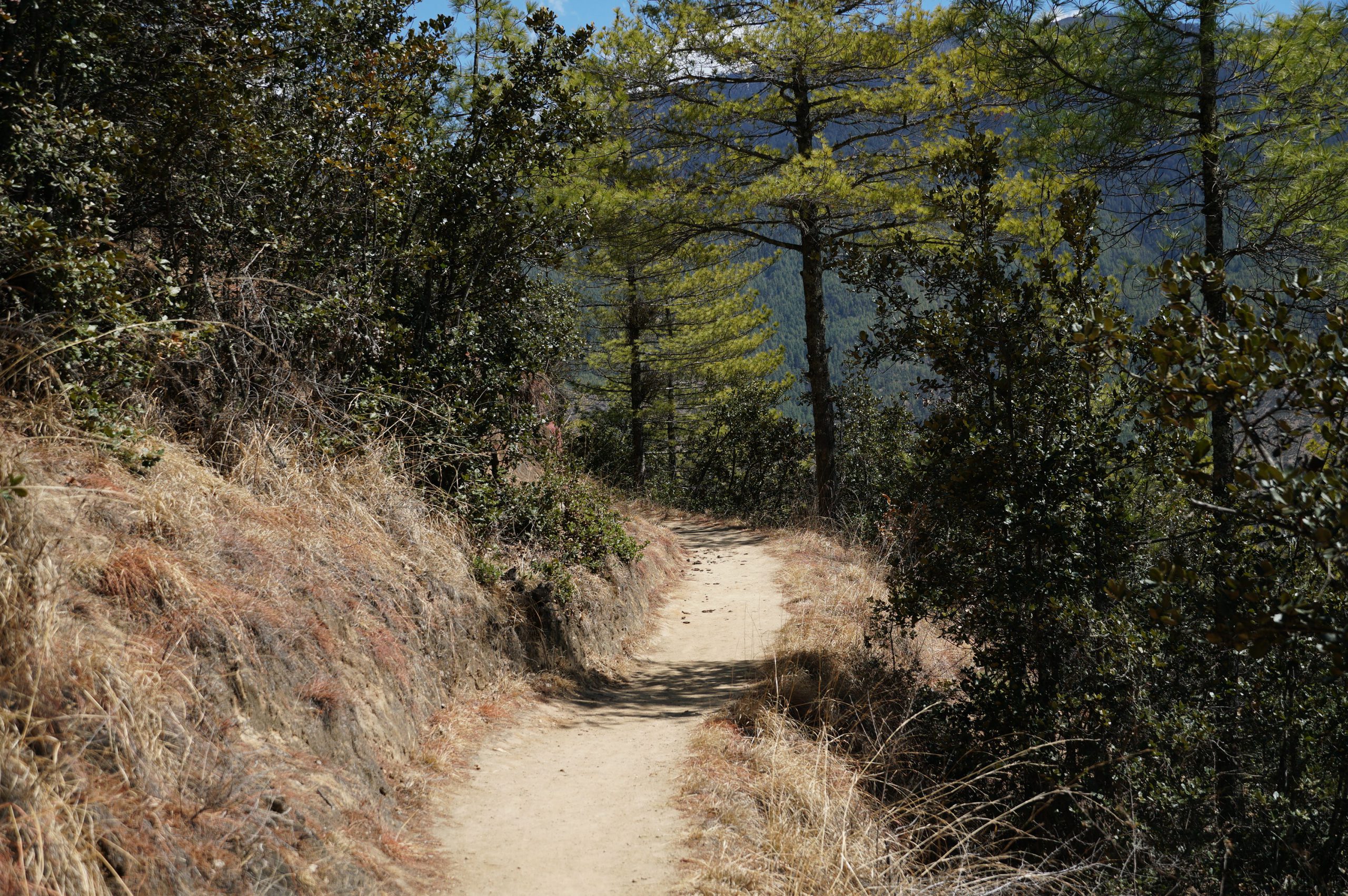


















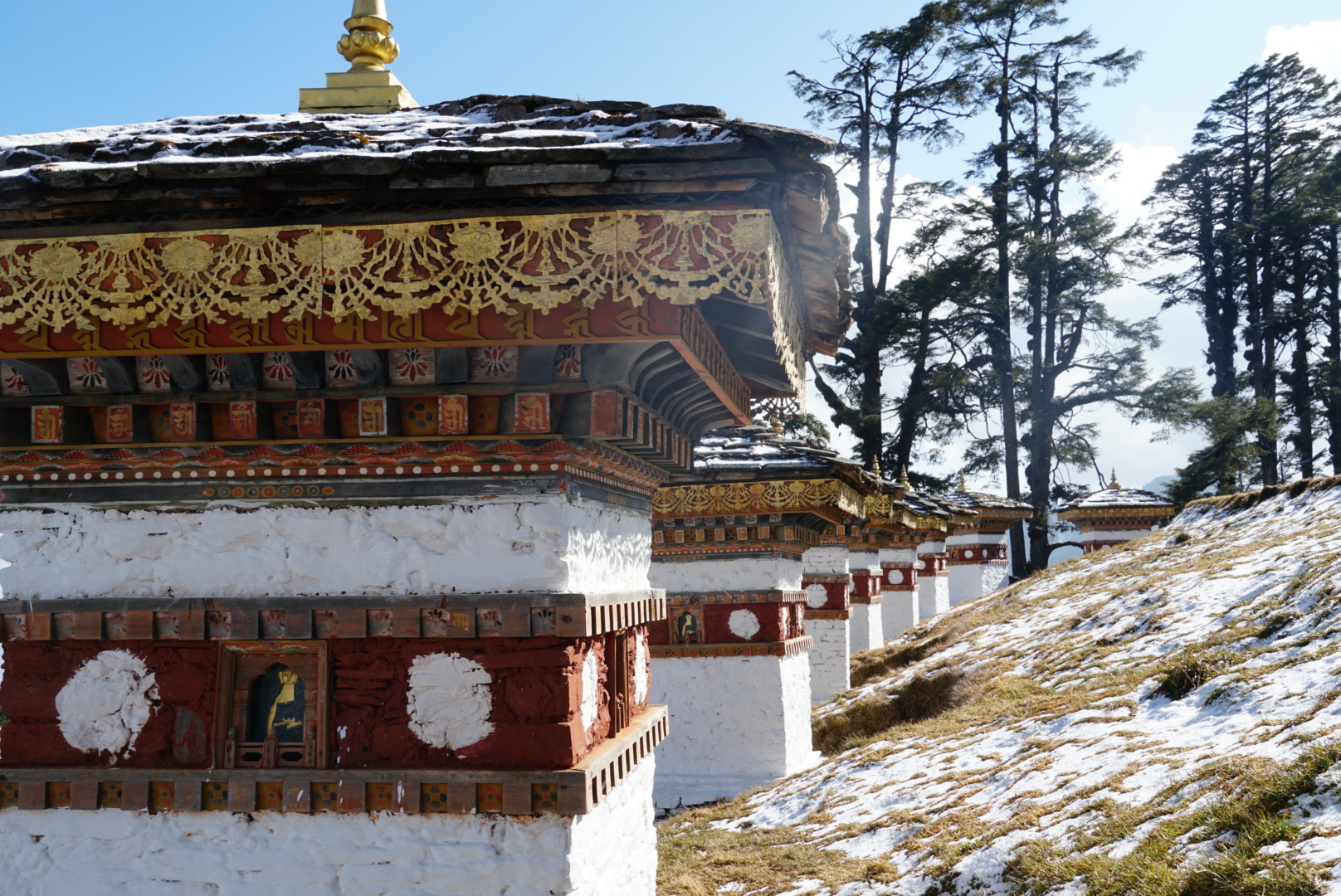



 Activity for today:
Activity for today: 















